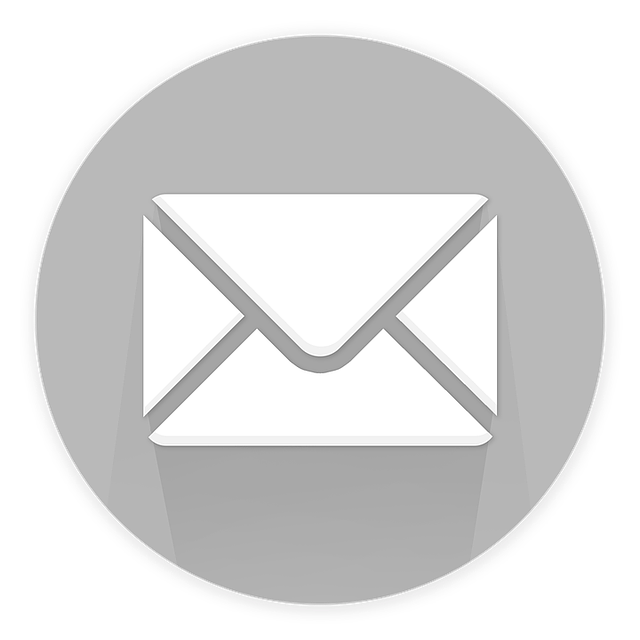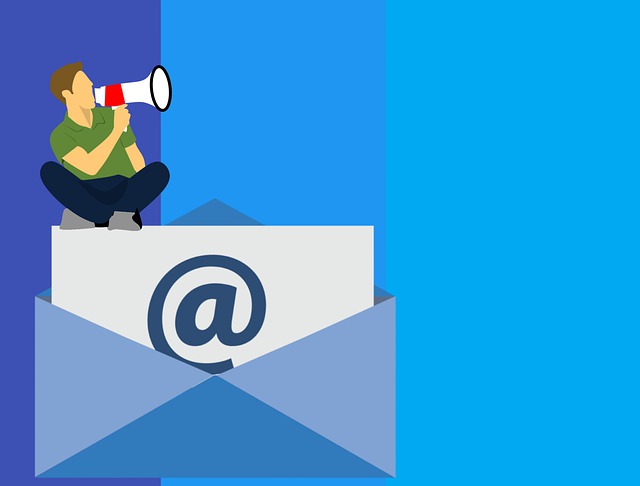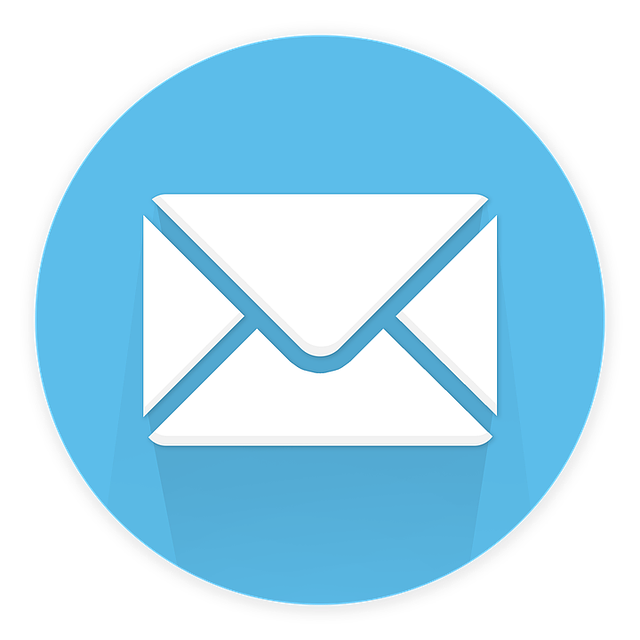Looking to boost your e-commerce success? Wondering how to effectively reach and engage with your target audience? Look no further than email marketing. With its high ROI and ability to directly connect with customers, email marketing is a game-changer for e-commerce businesses.
But how can you make the most of this powerful tool? In this article, we will explore 10 essential email marketing strategies that are sure to drive your e-commerce success. From building a quality email list to creating compelling content, automating campaigns, optimizing for mobile devices, and tracking performance, these strategies will help you stay ahead of the competition.
So, if you’re ready to take your e-commerce business to the next level, read on and discover the key to email marketing success.
Key Takeaways
- Building a quality email list is crucial for email marketing success.
- Email segmentation increases engagement and conversions.
- Engaging subject lines increase open rates.
- Personalization and testing are effective strategies for email marketing success.
Build a Quality Email List
Are you ready to boost your e-commerce success? Let’s start by building a killer email list!
One of the most important strategies for email marketing is to have a quality email list that consists of your targeted audience. By targeting the right people, you can ensure that your emails are being sent to individuals who are most likely to engage with your content and make a purchase.
But it doesn’t stop there. To further optimize your email list, consider implementing email segmentation. This allows you to divide your audience into different groups based on their preferences, interests, and behaviors. By sending personalized emails to each segment, you can increase engagement and conversions.
Now that you have a high-quality email list, it’s time to create compelling email content that will keep your subscribers hooked and coming back for more.
Create Compelling Email Content
When it comes to creating compelling email content, there are a few key points to keep in mind.
Craft engaging subject lines that grab your reader’s attention and entice them to open your email.
Use visuals and multimedia to make your content visually appealing and engaging.
And don’t forget to include clear and compelling call-to-actions that encourage your readers to take action.
By following these strategies, you can create email content that’s persuasive, informative, and effective in driving engagement and conversions.
Craft Engaging Subject Lines
Picture yourself standing in front of a treasure chest, and the subject line is the key that unlocks its hidden riches. To captivate your audience and increase open rates, it’s crucial to craft engaging subject lines for your e-commerce emails.
Here are four powerful strategies to evoke an emotional response:
-
Personalize emails: Address your subscribers by their first name to make them feel valued and connected.
-
Test different subject line variations: Experiment with different lengths, tones, and calls to action to determine what resonates best with your audience.
-
Use curiosity: Spark intrigue and make subscribers curious about what’s inside the email.
-
Create a sense of urgency: Convey a limited-time offer or exclusive deal to encourage immediate action.
By implementing these tactics, you’ll entice your audience to open your emails and discover the valuable content inside.
Now, let’s move on to the next section about the importance of using visuals and multimedia.
Use Visuals and Multimedia
Let’s spice up your emails by incorporating eye-catching visuals and interactive multimedia elements. Visual storytelling is a powerful tool that can captivate your audience and make your emails more memorable.
Consider using high-quality images, videos, and infographics to convey your message in a visually appealing way. Interactive content such as quizzes, polls, and surveys can also engage your subscribers and encourage them to interact with your brand.
Not only will visuals and multimedia enhance the overall aesthetic of your emails, but they can also increase click-through rates and conversions. So, don’t miss out on the opportunity to make a lasting impression with your subscribers.
In the next section, we’ll discuss how to include call-to-actions that will encourage your audience to take action.
Include Call-to-Actions
Including a compelling call-to-action is like adding a road sign that guides your audience towards the desired action in your email. It’s essential to include a clear and concise call-to-action that tells your readers exactly what you want them to do.
Whether it’s to make a purchase, sign up for a newsletter, or download a free resource, a well-crafted call-to-action can significantly increase conversions. To make your call-to-action even more effective, consider personalizing it based on your audience’s preferences and interests. Test different variations to see which ones resonate best with your subscribers.
By including a call-to-action that speaks directly to your audience and aligns with their needs and desires, you can encourage them to take the next step in their customer journey.
Moving forward, let’s explore how to automate your email campaigns for even greater efficiency and effectiveness.
Automate Your Email Campaigns
To automate your email campaigns and maximize your e-commerce success, you need to set up Welcome Emails, create Abandoned Cart Emails, and implement Drip Campaigns.
Welcome Emails are a great way to make a positive first impression and engage new subscribers. By sending personalized Abandoned Cart Emails, you can remind customers about their unfinished purchases and entice them to complete the transaction.
Additionally, Drip Campaigns allow you to nurture leads and build strong relationships by delivering targeted content at the right time.
Set up Welcome Emails
Start off your customer’s e-commerce experience on the right foot by setting up engaging welcome emails. Personalization techniques and email segmentation are key to creating effective welcome emails. By tailoring your messages to each individual customer, you can make them feel valued and increase their engagement with your brand.
Use their name in the subject line and include personalized recommendations based on their previous purchases or browsing history. Additionally, segment your email list based on demographics, preferences, or purchase behavior to send more targeted messages.
Welcome emails are a great opportunity to introduce your brand, provide helpful information, and offer exclusive discounts or incentives. They set the tone for your customer’s relationship with your business.
Next, we’ll cover how to create effective abandoned cart emails.
Create Abandoned Cart Emails
Now that you’ve set up your welcome emails and started building a connection with your customers, it’s time to tackle another crucial aspect of email marketing: abandoned cart emails.
These emails are a powerful tool for recovering potential sales that were left behind. By sending personalized emails to customers who’ve added items to their cart but haven’t completed the purchase, you can remind them of the products they were interested in and encourage them to come back and complete their purchase.
Abandoned cart recovery is a highly effective strategy that can significantly increase your e-commerce success. By utilizing email personalization and crafting compelling messages, you can win back those lost sales and boost your revenue.
Now, let’s dive into the next section about implementing drip campaigns for even more effective email marketing.
Implement Drip Campaigns
Get ready to take your email marketing to the next level with drip campaigns, a powerful strategy that will keep your audience engaged and drive consistent results.
Drip campaigns involve sending a series of targeted emails to your subscribers over a specified period of time. This allows you to nurture leads, build relationships, and guide your customers through their buying journey.
To make your drip campaigns effective, it’s essential to utilize personalization techniques and segmentation strategies. Personalization involves tailoring your emails to the individual recipient, making them feel special and increasing engagement. Segmentation involves dividing your email list into smaller groups based on demographics, behaviors, or preferences, allowing you to send more relevant content.
By implementing these strategies, you can optimize your email marketing campaigns for maximum impact.
Speaking of optimization, let’s now explore how to optimize your emails for mobile devices.
Optimize for Mobile Devices
Mobile optimization is key for ensuring your emails look great and perform well on smartphones and tablets. With more people accessing emails on their mobile devices, it is essential to have a responsive design that adapts to different screen sizes. A well-optimized email can increase open rates, click-through rates, and ultimately, drive more conversions for your e-commerce business.
To give you a better understanding of the impact of mobile optimization, let’s take a look at the following table:
| Metric | Non-optimized Emails | Optimized Emails |
|---|---|---|
| Open Rate | 20% | 40% |
| Click-through Rate | 5% | 15% |
| Conversion Rate | 2% | 8% |
| Revenue Generated | $10,000 | $40,000 |
As you can see, optimizing your emails for mobile devices can significantly improve your email performance and drive more revenue for your e-commerce business. Next, let’s dive into how you can track and analyze your email performance to further enhance your marketing strategy.
Track and Analyze Email Performance
Analyzing email performance allows you to uncover valuable insights that can boost your business. For example, discovering that a well-optimized email can generate four times more revenue than a non-optimized one.
By tracking and analyzing your email campaigns, you can gain a better understanding of what works and what doesn’t.
One important aspect to focus on is email segmentation. By dividing your email list into smaller, targeted groups based on demographics, interests, or past purchase behavior, you can deliver more personalized and relevant content to your subscribers.
Additionally, email personalization plays a crucial role in improving engagement and conversion rates. By dynamically inserting each subscriber’s name or personalized recommendations, you can create a more tailored experience that resonates with your audience.
By tracking and analyzing email performance, you can continuously improve your email strategy and achieve even greater success.
Continuously Improve Your Email Strategy
To continuously improve your email strategy, it’s crucial to analyze customer feedback. Pay close attention to their responses and make necessary adjustments to better meet their needs and preferences.
Additionally, staying updated on email marketing trends will ensure that you remain competitive and can incorporate new techniques into your campaigns.
Lastly, don’t be afraid to adapt and experiment with new strategies. Testing different approaches will help you find what works best for your audience and drive better results.
Analyze Customer Feedback
Get ready to dive into customer feedback and discover valuable insights to improve your e-commerce business. Analyzing customer behavior is crucial for understanding what works and what doesn’t in your email marketing strategy. By listening to your customers’ feedback, you can gain a deeper understanding of their needs and expectations, allowing you to tailor your email campaigns accordingly.
Here are three ways to analyze customer feedback and improve customer satisfaction:
-
Conduct surveys: Send out well-crafted surveys to collect feedback on your email campaigns, product offerings, and overall customer experience. Use this information to identify areas of improvement and make necessary changes.
-
Monitor social media: Keep an eye on social media platforms to see what customers are saying about your brand. Pay attention to both positive and negative comments, and use this feedback to refine your email strategy.
-
Track customer behavior: Utilize email analytics to track customer engagement, such as open rates, click-through rates, and conversion rates. This data will help you identify what content resonates with your audience and optimize future campaigns.
By analyzing customer feedback, you can continuously improve your email strategy and enhance customer satisfaction. Now, let’s move on to the next section and explore how to stay updated on email marketing trends.
Stay Updated on Email Marketing Trends
Staying in the loop with the latest trends in email marketing is key to keeping your campaigns fresh and effective.
One important trend to pay attention to is email personalization. Gone are the days of sending generic emails to your entire customer base. Personalizing your emails based on customer preferences, behavior, and demographics can significantly increase engagement and conversions.
Another trend to consider is email segmentation. By dividing your email list into specific segments based on factors like purchase history, interests, or location, you can tailor your messages to each group’s unique needs and interests. This approach leads to higher open rates, click-through rates, and ultimately, more sales.
To stay ahead in the ever-changing world of email marketing, it’s crucial to adapt and experiment with new strategies.
Adapt and Experiment with New Strategies
Try tinkering with inventive tactics to transform your email campaigns and take them to the next level of triumph. One effective approach is to constantly adapt and experiment with new strategies. By staying open to change and being willing to try out different techniques, you can optimize your email marketing efforts and achieve better results. A key technique to employ is A/B testing, where you compare two versions of an email to see which performs better. This allows you to make data-driven decisions and refine your campaigns based on real insights. Additionally, you can use adaptation techniques such as personalization, segmentation, and automation to create highly targeted and relevant email content. Don’t be afraid to step outside of your comfort zone and explore innovative ideas to keep your email marketing fresh and engaging.
| Adaptation Techniques | A/B Testing | Personalization |
|---|---|---|
| Segmentation | Automation | Relevant Content |
Frequently Asked Questions
How can I ensure that my email list is GDPR compliant?
To ensure your email list is GDPR compliant, there are a few steps you should take.
First, implement strong data protection measures, like encryption and access controls, to safeguard customer information.
Second, obtain explicit consent from subscribers and provide clear options to opt-out.
Third, regularly update your privacy policy and ensure it aligns with GDPR requirements.
Finally, familiarize yourself with the regulations and seek legal guidance to navigate compliance challenges effectively.
Prioritizing data protection and compliance will help you maintain the security and privacy of your email list.
What are some effective ways to segment my email list for more personalized campaigns?
To increase open rates and improve email personalization, segmenting your email list is key. Start by dividing your subscribers based on demographics, such as age, location, or gender.
Additionally, consider segmenting based on past purchase behavior or engagement level with your emails. This allows you to send targeted content that resonates with each segment, increasing the chances of engagement and conversion.
By personalizing your campaigns, you’ll see higher open rates and ultimately drive more success for your e-commerce business.
Are there any best practices for writing subject lines that will grab the attention of my subscribers?
To grab your subscribers’ attention with subject lines, avoid common email subject line mistakes like using all caps or excessive punctuation. Instead, follow best practices for email design.
Use concise and compelling language, create a sense of urgency, and personalize subject lines with the recipient’s name.
Keep subject lines short and to the point, and test different approaches to see what works best for your audience.
Remember, the subject line is your first chance to make a strong impression, so make it count!
How can I prevent my emails from ending up in the spam folder?
To prevent your emails from ending up in the spam folder, you need to focus on email deliverability and email authentication. Email deliverability refers to the ability of your emails to reach the inbox of your subscribers. It is important to regularly clean your email list and avoid spam trigger words. Implementing proper authentication protocols like SPF and DKIM can also help verify the legitimacy of your emails. By following these best practices, you can improve your chances of avoiding the spam folder and reaching your subscribers’ inbox.
What are some effective strategies for re-engaging inactive subscribers in my email list?
To re-engage inactive subscribers, try using personalized subject lines.nnDid you know that emails with personalized subject lines have a 26% higher open rate?
Start by sending targeted emails, offering exclusive discounts or rewards for their loyalty.nnUse compelling content that reminds them of the value you provide.
Additionally, create a sense of urgency by including limited-time offers.nnBy using these strategies, you can reactivate subscribers and win back valuable customers.
Conclusion
In your quest for e-commerce success, remember that your email strategy is the key to unlocking the doors of opportunity.
Just as a quality email list is the foundation of your success, the compelling content you create is the beacon that guides your customers.
Automating your campaigns frees up time for more meaningful interactions, while optimizing for mobile devices ensures seamless experiences.
Track and analyze performance to illuminate the path forward, and always strive to improve.
Let your email strategy be the symbol of your commitment to excellence.







